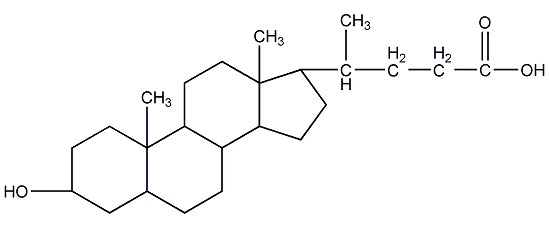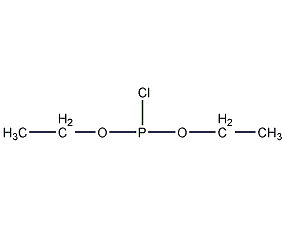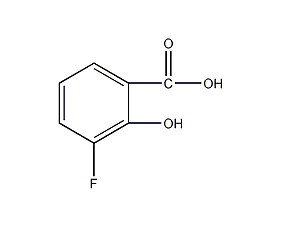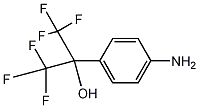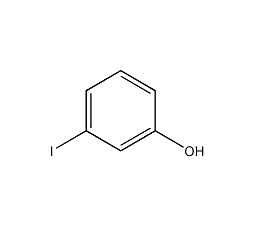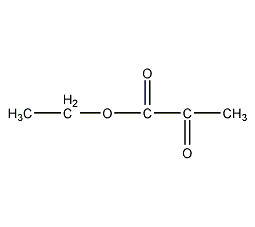oxalate ethyl ester


Structural formula
| Business number | 06HZ |
|---|---|
| Molecular formula | C4H7NO3 |
| Molecular weight | 117.10 |
| label |
NH2COCOOC2H5 |
Numbering system
CAS number:617-36-7
MDL number:MFCD00008005
EINECS number:210-512-8
RTECS number:None
BRN number:506728
PubChem number:24886880
Physical property data
1. Physical property data
1. Melting point (ºC): 112-115ºC
Toxicological data
None
Ecological data
3. Ecological data:
1 , Other harmful effects: This substance may be harmful to the environment, and special attention should be paid to water bodies.
Molecular structure data
5. Molecular property data:
1, Molar refractive index:25.92
2, Molar volume (m3/mol):98.8
3, Isotonic specific volume (90.2K ): 250.1
4, Surface tension (dyne/cm):41.0
5、 Polarizability (10-24cm3): 10.27
Compute chemical data
1. Reference value for hydrophobic parameter calculation (XlogP): -0.2
2. Number of hydrogen bond donors: 1
3. Number of hydrogen bond acceptors: 3
p>
4. Number of rotatable chemical bonds: 3
5. Number of tautomers: 2
6. Topological molecule polar surface area 69.4
7. Number of heavy atoms: 8
8. Surface charge: 0
9. Complexity: 110
10. Number of isotope atoms: 0
11. Determine the number of atomic stereocenters: 0
12. Uncertain number of atomic stereocenters: 0
13. Determine the number of chemical bond stereocenters: 0
14. Number of uncertain chemical bond stereocenters: 0
15. Number of covalent bond units: 1
Properties and stability
Properties and stability:
No decomposition products may occur under normal temperatures and pressures.
Storage method
Storage:
Seal the secret container and store it in a sealed main container in a cool place Dry position.
Synthesis method
None
Purpose
None


